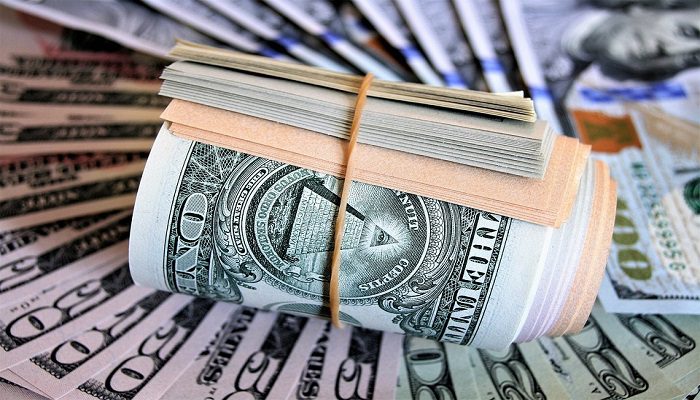Major US banks express provisional support for 36% interest rate cap
- Mortgages
- Student loans
- Auto loans
- And personal loans
During the hearing, all the CEOs present expressed their openness to the idea of the ceiling. Citigroup CEO Jane Fraser said, “We absolutely do not charge such high interest rates for our customers,” following questions from the senator from Rhode Island. It should be noted that the cap would affect payday loans which can become expensive financial products.
Is an interest rate of 36% high?
CEOs in the May hearing echoed the feeling that their loan products did not hit the 36% rate and likely would not be affected by the cap. Officials from the financial institutes present that day said they would take a closer look at the law to ensure it does not have unintended consequences. They also said 36% were beyond the range of their loan products. Payday loans, however, maintain an average interest rate of 391%! Many even have prices above 600% and have been labeled predatory by some in the consumer credit industry. These lending companies, which operate without federal restrictions, indicate that their model is a path to profitability from their product.
To give an idea, the average interest rate on consumer loans from establishments like those mentioned above is 9.41%. That’s a far cry from the 600% interest rates that consumers can face with payday loans or title loans.
States that currently have a cap on interest rates
The Center for Responsible Lending reported that 18 states and Washington DC have a 36% cap rate. These efforts by many states are aimed at reducing the damage caused by predatory lending. More recently, Hawaii, Illinois, and Nebraska have joined this list. Other states are still considering legislation that would have a similar effect. The idea of these laws is to limit the damage by what has sometimes been called predator ready. That is, many consumer loans come with loan terms that are frequently described as unfair and even detrimental to the consumer. Some oppose the rate cap, citing a lender’s inability to operate profitably and potentially go out of business. This ending, opponents of the legislation suggest, could separate many consumers from options they could use as a last resort. Consumers can borrow from payday and title loan companies with as little as ID and a bank account. The execution time for these loans is, according to experts, which caused them repayment difficulties. Even still, many in the financial industry oppose legislation to put in place a cap. Opponents frequently note that due to the potential limitations, this could negatively affect low-income communities. They indicate that many lenders cannot afford to lend at the suggested rate.
What is a good APR for a loan?
While the national average interest rate is 9.41%, a good APR on a loan is usually much lower than this. Borrowers with credit rating, credit history and total debt to income will be assessed when researching the interest rates that a consumer will be provided. Loan terms are also a valuable consideration for any potential borrower. The costs of origination and due to a late repayment over the term of the loan can become onerous.
Low-interest consumer loans may even become less tax-responsible options. The financial situation of the consumer plays an essential role in this regard. A borrower’s credit rating and financial history could allow them to obtain a loan at an interest rate of 6%. This can provide the consumer with a line of credit that can manage household expenses such as renovations, new furniture, or simply consolidate other higher interest debt. Since personal loans often offer lower interest rates than credit cards, they can be a viable option for many and provide a single monthly payment at low interest.
What is the highest legal interest rate?
The subject of maximum interest rates is less of a “yes” or “no” question than in previous years thanks to the Credit Card Liability and Disclosure Act (MENU). The law provides additional protection for credit card users. This protection means clearer disclosures about rates, a restructuring of how payments above the minimum are applied, and even the elimination of some surprise charges. When it comes to personal loans, payday loans currently carry the highest legal interest rates in states that do not already have any restrictions or interest limits in place. Ohio, at one point, had the highest interest rates on payday loans at 667%.
What would be the effect of a 36% nationwide rate cap on credit cards and loans?
Usury laws limiting the amount of interest that can be charged have received mixed reviews. CEOs of major banks have expressed some openness towards them, although there are objections from others in the industry. Amid varying predictions about what a nationwide rate cap might mean, there are suggestions that lenders might be required to offer larger, longer-term loans. Borrowers could take on more debt or be completely excluded from the market.
Meeting the needs of consumers is the job of lenders and banks everywhere. Tailoring products to borrowers who are efficient in their work and also manageable appears to be in line with the values of responsible lending. It remains to be seen how these institutions will adjust to a potential future with an interest rate cap of 36%. If recent discussions are any indication, there is still a strong desire to see credit and borrowed income used and lent responsibly.

